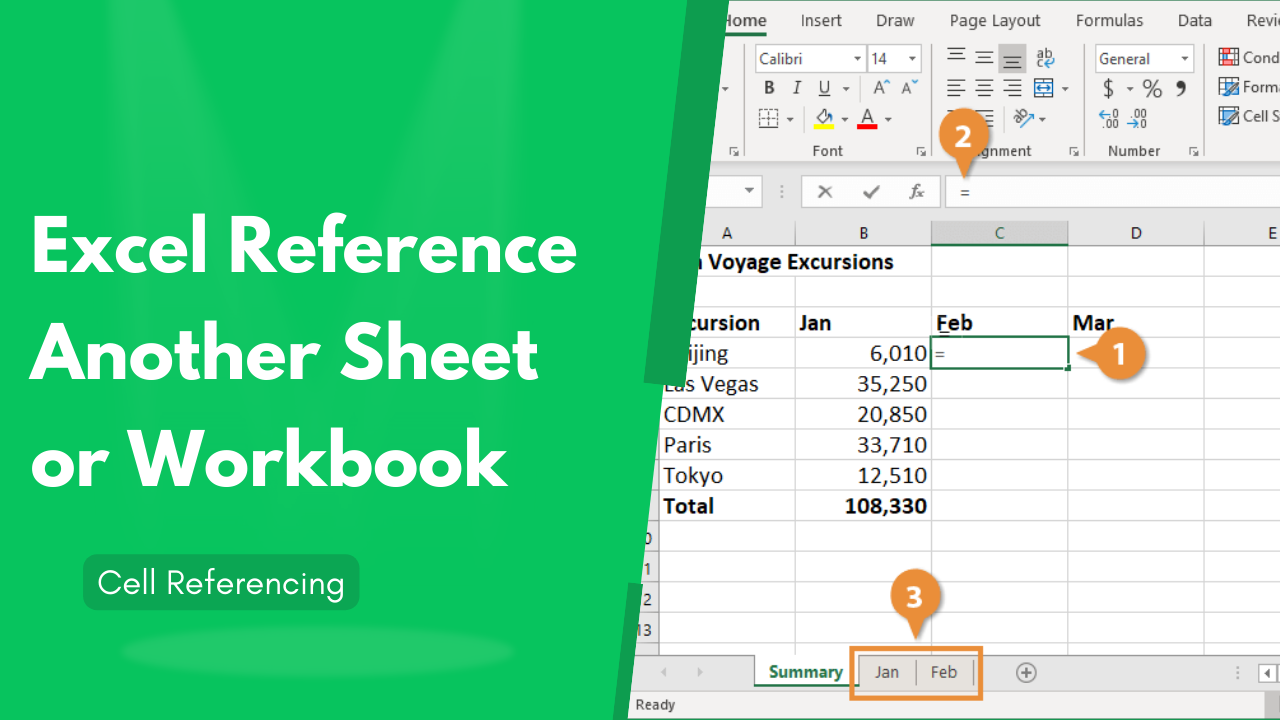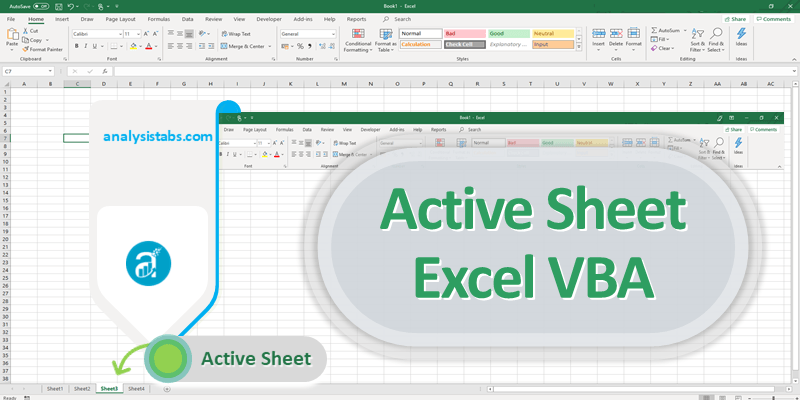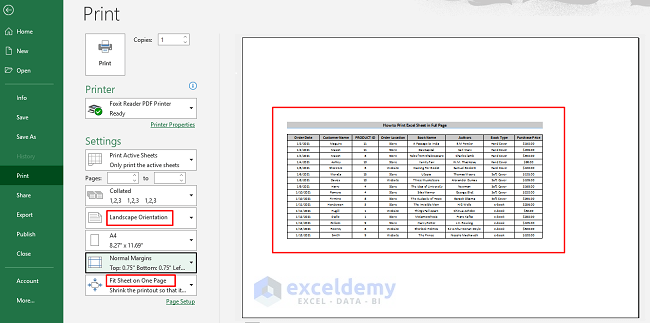IEP: Understanding Its Legal and Educational Paperwork Status

What is an IEP?
An IEP, or Individualized Education Program, is a vital legal document in the field of special education that outlines the educational goals and strategies designed to help students with disabilities succeed academically and beyond. Whether your child or a student you work with has been diagnosed with a learning disability, developmental delay, autism, or any other condition that impacts their learning, understanding the IEP process, and the paperwork involved, can significantly enhance their educational journey.
Understanding the Purpose of an IEP
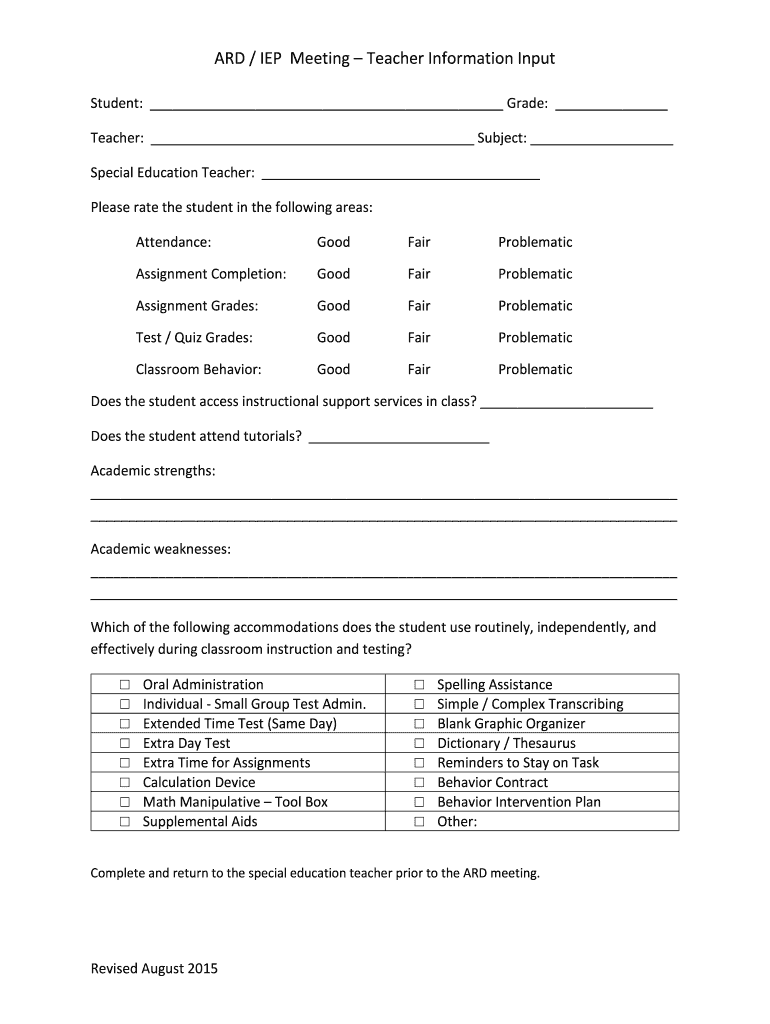
At its core, an IEP serves several purposes:
- Legal Rights: It formalizes the educational rights of the student with a disability under the Individuals with Disabilities Education Act (IDEA).
- Personalized Plan: It provides a customized education plan, tailored to the student's unique needs.
- Accountability: It holds schools accountable to provide the outlined services and accommodations.
- Communication Tool: It serves as a document for communication between all parties involved: educators, parents, and students.
The IEP Development Process

Eligibility Determination

Before an IEP is written, students undergo an evaluation process:
- Assessments are conducted to determine eligibility under IDEA, based on specific categories of disabilities.
- Parents or guardians must provide consent for the evaluation.
IEP Team Meeting

Here's how the IEP meeting unfolds:
- Participants: Teachers, special education professionals, administrators, parents, and sometimes the student participate.
- Setting Goals: Educational objectives and how to achieve them are discussed.
- Services and Modifications: Decisions on what special education services or modifications will be provided.
- Least Restrictive Environment: Ensuring the student's placement in the least restrictive educational setting is considered.
- Annual Review: The IEP must be reviewed annually, though meetings can be called more frequently if needed.
Key Components of an IEP
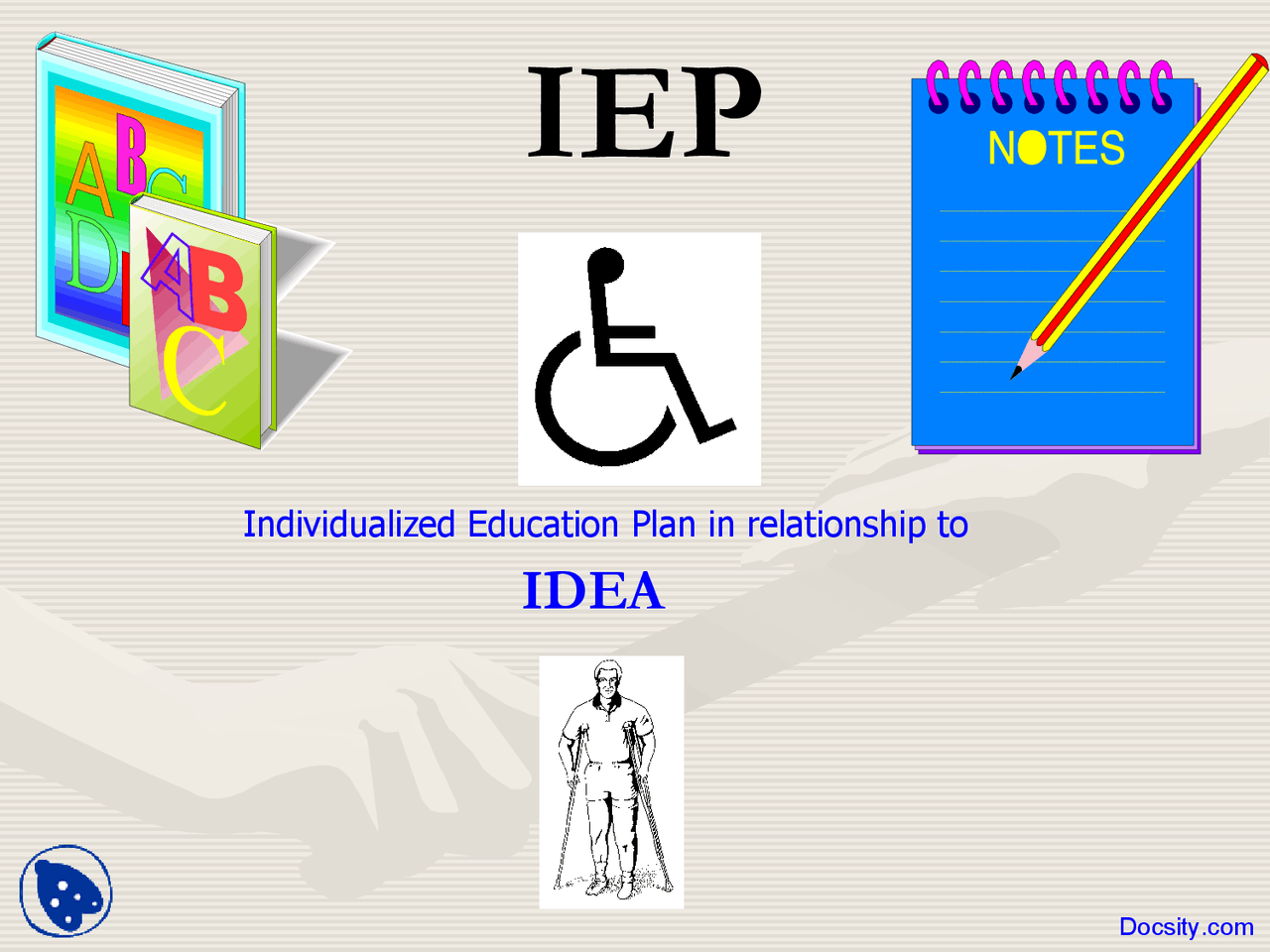
The IEP is comprehensive and includes the following components:
- Present Levels of Academic Achievement and Functional Performance (PLAAFP): Where the student currently stands academically and functionally.
- Measurable Annual Goals: What the student is expected to achieve within the school year.
- Special Education and Related Services: Services provided, including frequency, location, and duration.
- Accommodations and Modifications: Changes to the learning environment or teaching methods.
- Progress Measurement: How the student's progress will be measured and reported.
- Transition Services: For older students, planning for their move from school to post-secondary education or work.
📌 Note: Parents must understand that they are equal partners in this process and have the right to contribute to and even challenge the IEP content.
The Legal Aspects of IEPs
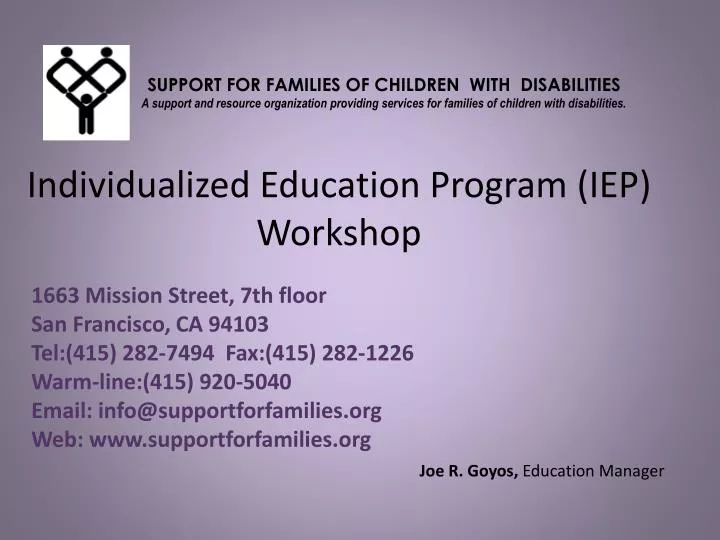
Legal Protections
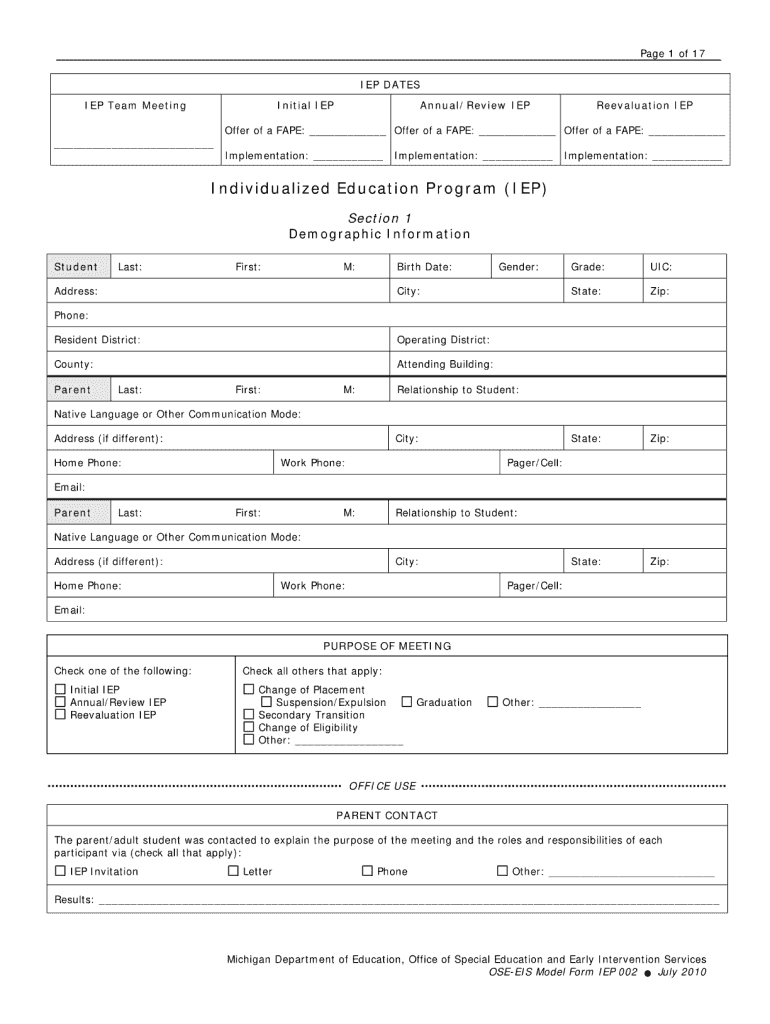
- The IEP provides legal protections under IDEA, ensuring schools provide a Free Appropriate Public Education (FAPE).
- Schools must follow the IEP, and parents have the right to advocate for their child if they feel the plan isn't being adhered to.
Privacy and Confidentiality
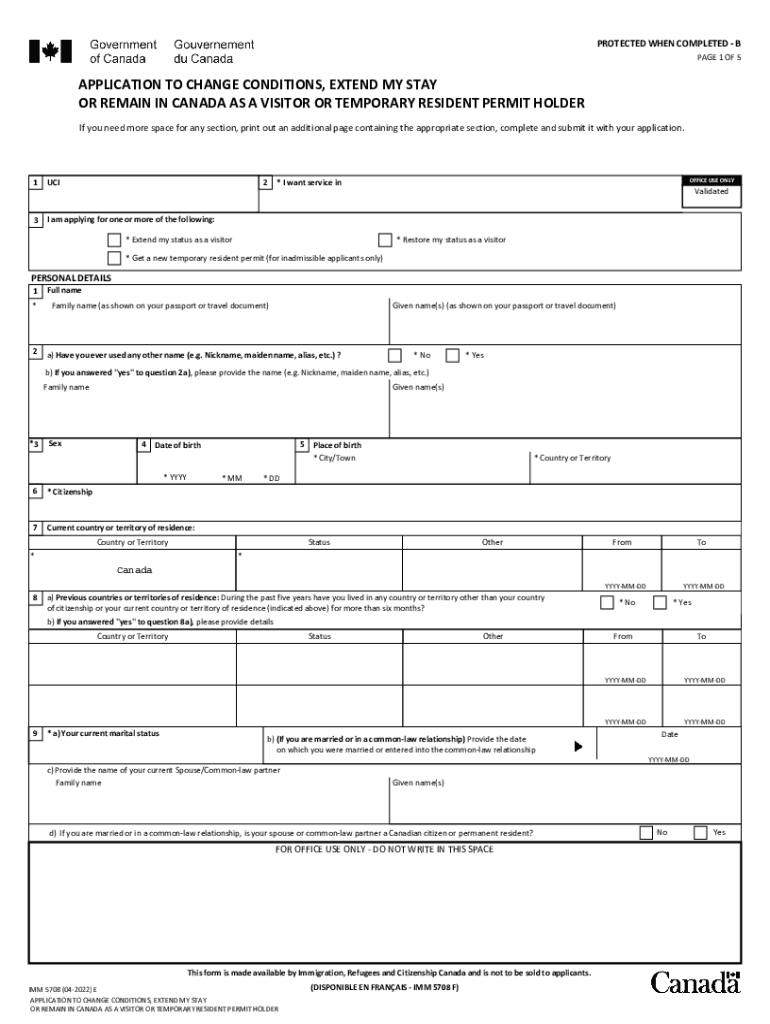
Information disclosed during IEP meetings is protected under federal privacy laws, like the Family Educational Rights and Privacy Act (FERPA):
- Parents have access rights to their child's educational records.
- Specific procedures must be followed for sharing IEP-related information.
Common Challenges and Solutions
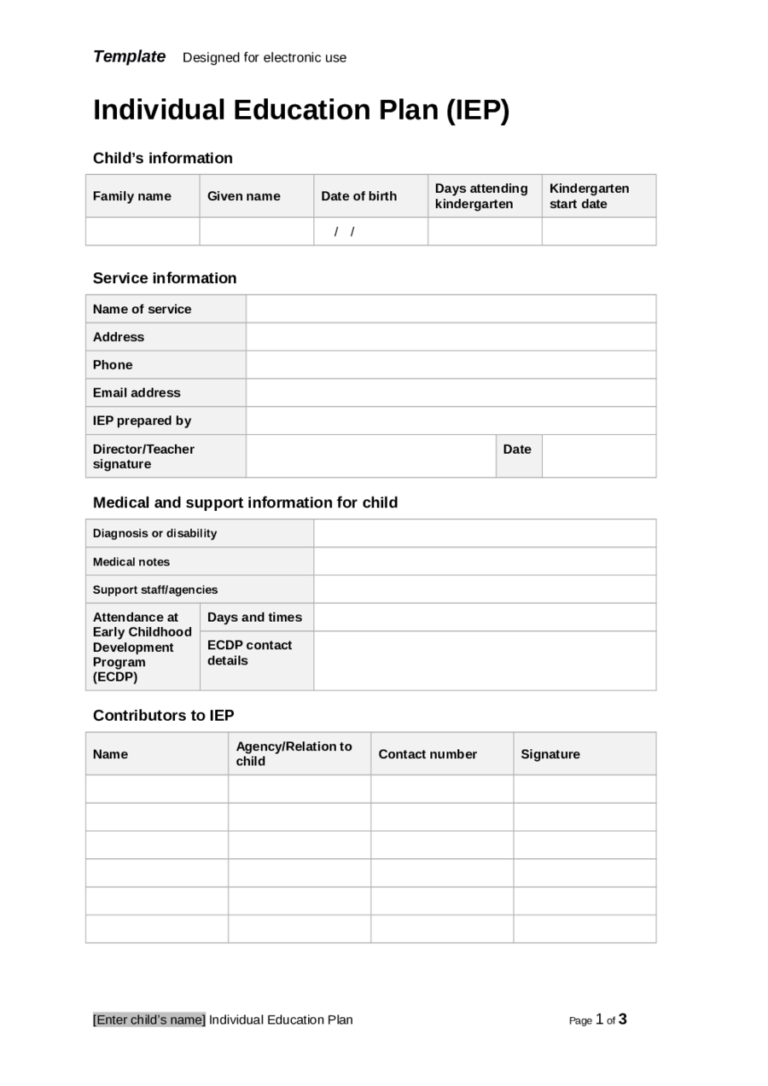
The IEP process isn't always straightforward. Here are some common issues:
Disagreement Over Services
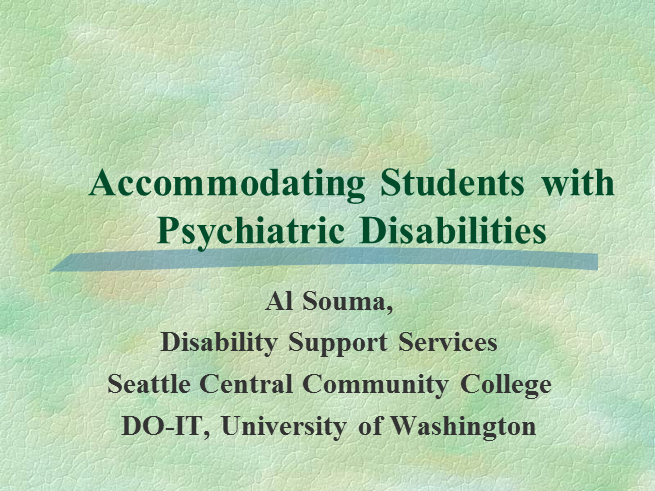
Sometimes, parents and schools might not see eye-to-eye on what services are necessary:
- Conflict Resolution: Mediation, facilitated IEP meetings, or, if needed, due process hearings are available to resolve disputes.
Transitioning and Record Keeping
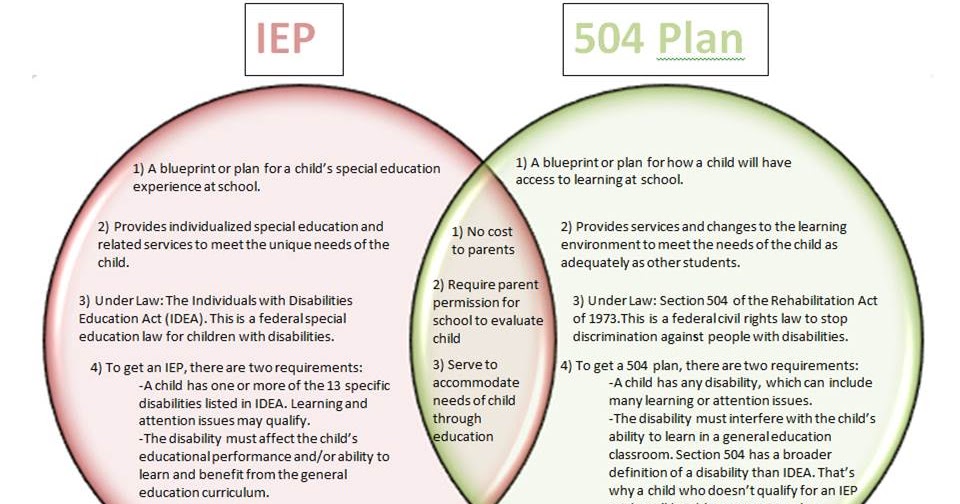
- Transition from elementary to high school or from high school to post-secondary can be complicated. Ensuring records are transferred and updated is critical.
📌 Note: Maintaining open communication with educators and staying informed about your child's rights under IDEA can help mitigate these challenges.
Wrap-Up
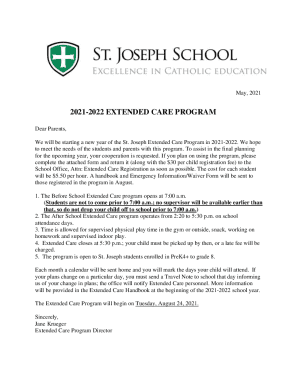
The IEP is a powerful tool in the educational journey of students with disabilities. It ensures they receive the education they're entitled to, customized to their unique needs. Understanding the legal and educational framework of the IEP process empowers parents, educators, and students to advocate for an effective educational experience. Whether it's through setting clear goals, securing necessary services, or resolving disputes, an IEP paves the way for students to thrive in their learning environment. The process may seem daunting, but with knowledge and active participation, it becomes a beacon of support in the education system for those who need it most.
What is the difference between an IEP and a 504 plan?
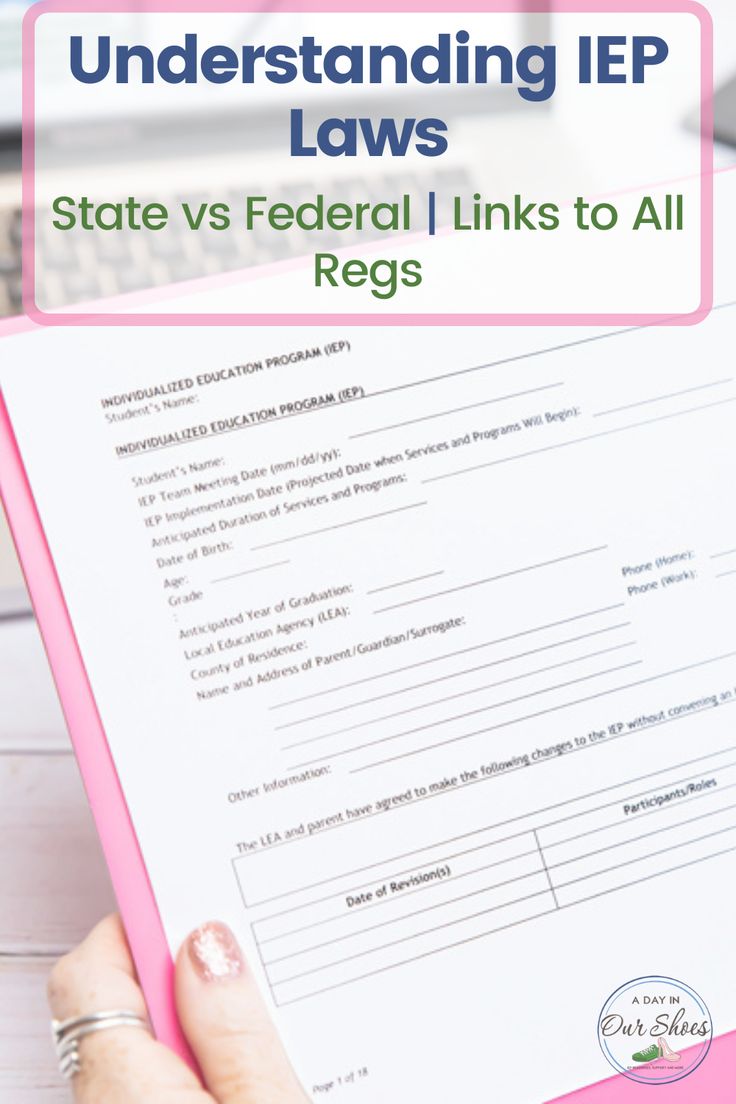
+
An IEP provides special education services under IDEA for students with significant disabilities. A 504 plan, under Section 504 of the Rehabilitation Act, offers accommodations and modifications for students with a wider range of disabilities, focusing more on access to education rather than providing special education services.
Can parents bring experts to an IEP meeting?

+
Yes, parents can invite anyone who has knowledge or special expertise about their child, which might include outside educational consultants, advocates, or attorneys.
How can parents prepare for an IEP meeting?
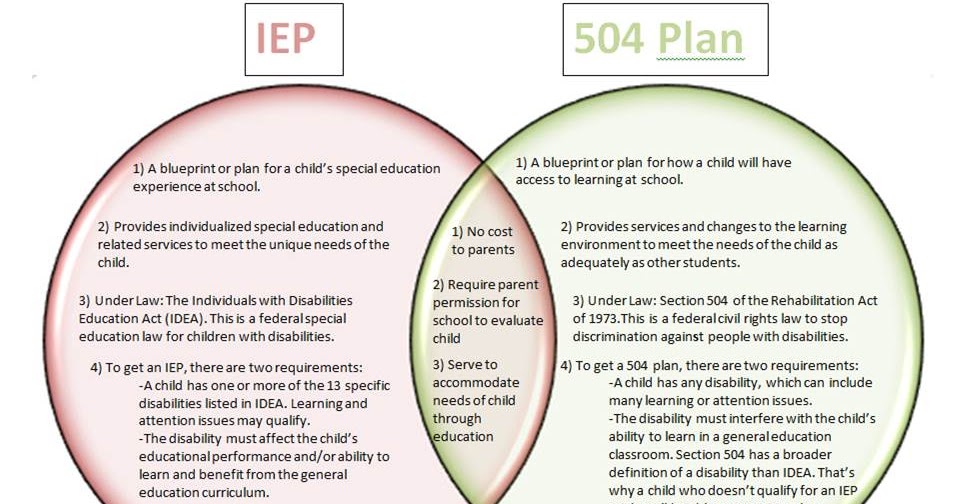
+
Parents should review previous IEPs, evaluate the student’s progress, gather notes from teachers or therapists, and come with a clear list of goals and any concerns or requests for additional services or modifications.
What happens if an IEP is not followed?
+If an IEP is not followed, parents can file a complaint with the state education agency, pursue mediation, or consider filing for due process to enforce the IEP’s terms.
How long does an IEP meeting usually last?
+While IEP meetings can vary, they typically last from 1 to 2 hours but can extend longer if there are complex needs or disputes to resolve.

